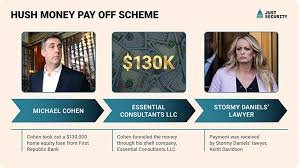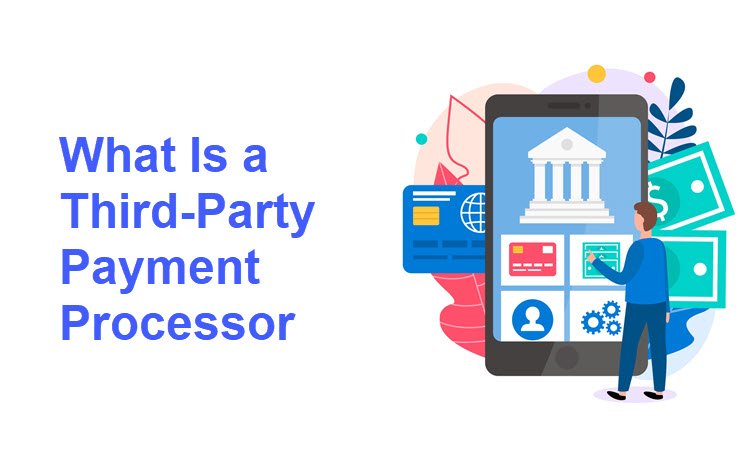How Hush Money Is Used to Cover Scandals?
Hush money is not just a settlement between the two parties, it’s a diplomatic way to hide the information by paying millions to whistleblowers that could damage the payer’s reputation at the cost of transparency, trust, and integrity.
Hush money is paid to cover money laundering, fraud, corruption, and personal scandals. This tool has been very useful for politically exposed persons, rich elites, and government officials in hiding their wrongdoing in the closet.
How the hush money activities are performed, is there any pressure involved in making the settlement, or it is done with both parties’ consent? And how financial institutions can prevent these transactions using the robust AML compliance program in place.
This piece of writing will also answer the frequently asked question, is hush money against the law?
What Is Hush Money and how does it work?
When a person such as a politician, filthy rich, or government official tries to hide their wrongdoing by paying money to the person who has the information of their wrongdoing, this is broadly known as a hush money deal.
The hush money payments are not limited to just one industry, from politics, business, and financial institutions to other industries, the settlement is seen everywhere.
The hush money by law is not illegal, however, if the payment is made to hide public information that could influence public policy, the hush money settlement will be illegal.
How Hush Money Payments Work: A Simple Breakdown
The payer makes his every effort to make the hush money settlement that seems legitimate and to achieve this, he has to go through some phases, we have to break it down for better understanding.
It starts when the person finds out that someone has information about his wrongdoing that could damage his reputation if goes public.
To stop the whistleblower or victim from disclosing the information, the person offers him some favor in the form of money, property, or any other luxury item in exchange for his silence or to keep the information hidden.
After coming to an agreement a nondisclosure agreement is signed between these two that binds the victim to not disclose the information.
Though NDAs are common in business, when tied to unethical or illegal activity, they become a tool for suppression rather than protection.
This is where the creativity of the payer comes into play. These payments are often paid through offshore accounts, shell companies, and other illegal ways like money laundering.
High-Profile Cases of Hush Money
Hush money cases have had these since the early days of humans in one or another form, but in the modern era, some most prominent hush money come into highlight.
The Harvey Weinstein Scandal: This case is one the most famous hush money examples. Where Weinstein paid millions to the victim to kept her silent over sexual assault. These types of payments by Politically exposed persons make the hush money illegal.
The Trump Campaign Hush Money Case: This is the most highlighted hush money trial case around the world. The former president Donald Trump had to pay millions of dollars to the adult film star to keep his relationship secret.
What Compliance Officers Should Watch For
Where there is financial crimes occur, financial institutions play their part in combating these crimes. Therefore, the compliance officer must remain active and watch for red flags to mitigate the chances of hush money payments within their institution.
1. Unusual Payments: If you see the payment is only made one time and the transaction is the threshold, the payment could be a sign of hush money payment. relationship with the company.
2. Multiple Small Transactions: another major red flag, if the payments are made by making multiple small transactions to avoid threshold detection. It could also be a sign of money laundering.
3. Payments to Shell Entities: payments made through the shell companies always make the movement suspicious, and if it goes beyond the threshold, or it is moving in a jurisdiction based in a weak AML Regulations area.
Your Solution for Uncovering Hush Money
In the world of financial crime, hush money can be difficult to detect—but not impossible. With advanced technology like AML Watcher, financial institutions have the tools to uncover even the most discreet payments. Here’s how AML Watcher can help:
Real-Time Monitoring: AML Watcher’s AI-driven systems monitor transactions in real time, flagging unusual patterns that may indicate hush money activity.
KYC and Enhanced Due Diligence: AML Watcher provides robust KYC (Know Your Customer) tools that allow institutions to verify the identity of individuals and entities, ensuring transparency in financial dealings.
Advanced Analytics: With machine learning and data analytics, AML Watcher can spot patterns and trends that would be difficult for human analysts to detect, such as structured payments or multiple small transactions.
Risk-Based Screening: AML Watcher applies a risk-based approach to customer screening, focusing on high-risk clients and industries where hush money transactions are more likely to occur.



